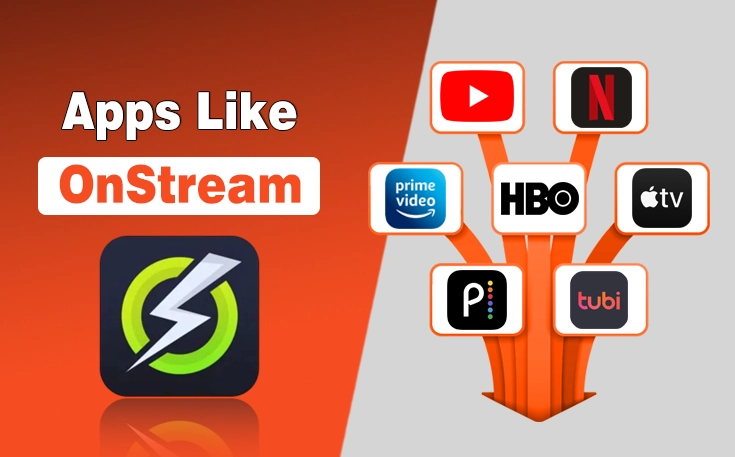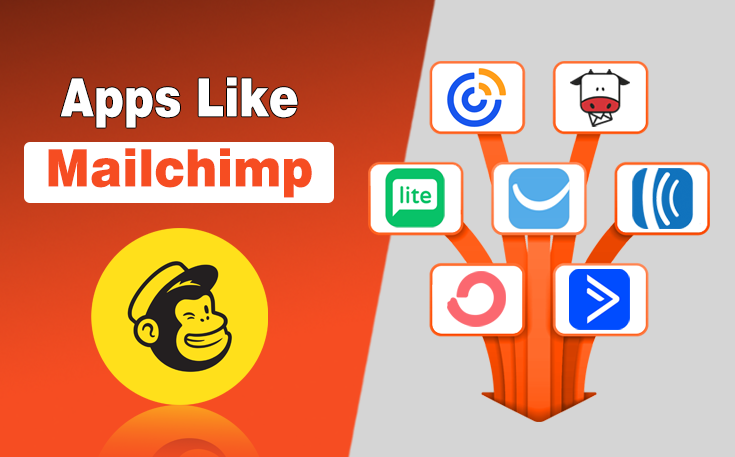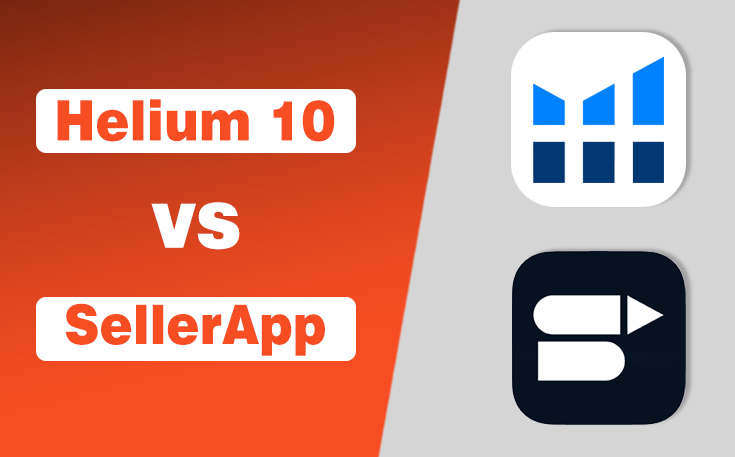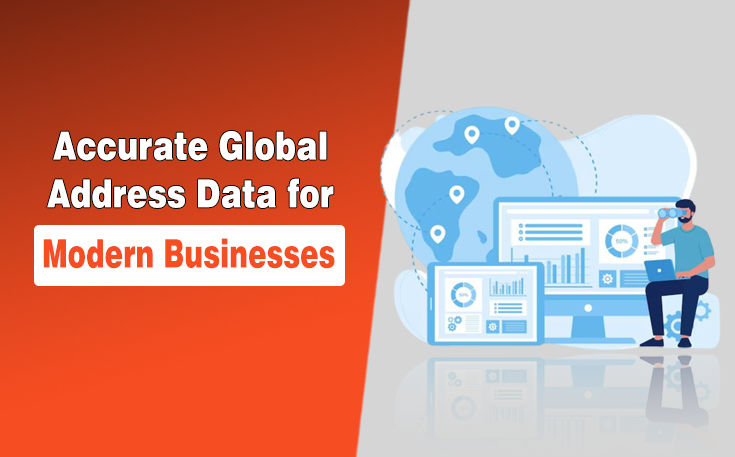Storytelling is one of the engaging techniques to grab the attention of other, whether its personal life or business. People of all ages love to read stories, and if your story is more engaging, it will keep them stuck.
When it comes to B2B content marketing, storytelling is more important to promote products or services. But if you are stuck about storytelling, the good news is that you don’t have to be stuck if you add a storyteller’s flair to your B2B marketing.
Why pivot toward storytelling in a B2B environment? How should you go about shaping your stories and assessing their effectiveness? Here’s everything you need to know to sidestep ad fatigue and craft compelling narratives that business audiences find attractive.
Storytelling: A Transformative B2B Marketing Force
Storytelling has been a B2C staple for decades, and with a few tweaks, it works surprisingly well when selling your goods and services to other companies.
Except, there’s no over-the-top sales pitch. Instead, the story is all about the customer, their struggles, actions, and outcomes. In these stories, your company is the mentor, the wise guide that helps them overcome challenges that previously seemed unbeatable.
How Storytelling Plays a Crucial Role?
Storytelling fulfills crucial roles, too. It excels at breaking complex issues down to gain stakeholders’ understanding and support. Storytelling also takes the data central to any convincing B2B presentation and infuses it with meaning. Quarterly numbers become proof of hard-won battles with a tangible impact on business results, while each data point tells a tale of progress and strategy in motion that resonates with your audience.
However, the main reason storytelling works in a B2B setting is that, beneath all the business talk and negotiations, decision-makers are still human. They’re still people behind the job, and your marketing efforts target them.
This means emotion and persuasion can and do make a difference, especially when cold, hard numbers or feature listicles don’t differ much from one company to the next. In this context, refined B2B storytelling becomes a powerful asset that differentiates your brand and services in saturated fields.
How to Nail Storytelling For B2B Content Writers
More than 60% of marketers see storytelling as an effective tool for swaying B2B audiences. The question is, how do you create a narrative that resonates with such an audience’s needs? Narrative frameworks provide the blueprint for shaping complex data into compelling stories that spread awareness while promoting action.
Here are three such frameworks that rarely fail to impress:
Solve the Problems
Problem-solution-outcome is a straightforward, yet compelling framework. The customer has a relatable pain point or problem, like failing to meet stock demands during peak sales times.
Your company’s new AI-powered inventory management system is the solution that helps automate restocking. The outcome? No more bottlenecks and a 12% quarterly revenue increase.
Focus on Customer Growth
The hero’s journey focuses less on return on investment (ROI) and more on the customer’s growth and transformation. It starts with a normal state, like a marketing team doing OK, but with a lot of outdated data stifling their campaigns.
With uncertainty and at some risk, they decide to adopt a new CRM, which your company graciously provides. The transformation is positive, leading to more impactful campaigns and greater efficiency.
Before After Bridge (BAB)
The Before-After-Bridge (BAB) emphasizes a contrast between the status quo and positive developments you helped realize.
For example, it can start with a software team that struggles to keep on top of support tickets, cut to reduced processing times after implementing an automated ticketing systems, and conclude with a spotlight on how your company helped implement that system and train employees.
What are the Components of B2B Storytelling
B2B storytelling means crafting narratives to engage business-to-business audiences, build trust, and demonstrate the value of a product or service.
B2B Storytelling key components include:
1. Know Your Audience
First of all you can identify the target person, like Who are you trying to reach? What are their roles, priorities, and pain points? After identifying, choose a story that resonates with their specific needs of your business audience.
2. Craft a Compelling Narrative
Introduce the protagonist (the customer or business) and the problem they face, and clearly outline the specific challenges the protagonist is experiencing.
Also, provide a Solution and show how your product or service solves the problem and provides value. At the end, demonstrate the positive impact of your solution, highlighting before-and-after scenarios.
3. Build Trust and Credibility
Trust is another component of B2B storytelling, and in this section, you can add Case Studies and showcase real-world examples of how your solutions have benefited others. Also, provide data and results that demonstrate the value of your offering.
4. Essential Narrative Structures
The 3-Act Structure, which includes (Beginning, Middle, and End) or (Setup, Confrontation, Resolution). However, a fundamental narrative structure helps B2B audiences understand the context of the story and the protagonist’s journey.
5. Humanizing Your Brand
Show, Don’t Tell – Instead of listing features, focus on how your product or service solves the protagonist’s problem. Also, tap into the emotions of your audience to create a lasting impression.
If you’re starting with raw AI-generated copy, using a top-rated AI humanizer can help reshape your message into something emotionally compelling and genuinely relatable. These tools are especially helpful for turning robotic content into stories that feel personal and human—exactly what B2B storytelling demands
Developing Persuasive Case Studies
Figuring out what type of narrative framework you choose for your B2B storytelling strategy is one thing. But developing a compelling story that’s relevant to your audience is another. After all, B2B storytelling needs to be genuine, otherwise the audience won’t be emotionally engaged. That means working with past clients to assemble a persuasive, verifiable case study.
The study that both businesses worked on together should open with an executive summary highlighting information about the client, their problems, and your solutions. Then, it should establish credibility and context by presenting more information about the client – their industry, mission, etc. After that, a good case study should clearly explain the pain points the client faced and how your specific offerings and methodologies helped.
Spend some time describing the implementation and the positive results it brought about. Crucially, have the client tell their story in their own words. Use quotes or testimonials. Better yet, have them record a video. That kind of social proof will do the most to seal the deal and make your final calls to action all the more effective.
B2B storytelling often happens on the move. You might find yourself drafting the case study from a client site or having to travel remotely to interview stakeholders. Working in such conditions may place you in situations that put the security and confidentiality of client and company data at risk.
Rather than using Wi-Fi, which can be easily compromised or monitored by cybercriminals, it’s safer and more economical to rely on local mobile networks through an eSIM provider. That way, you retain the flexibility of always online access without having to fuss over physical SIMs or compromise cybersecurity. Look into local connectivity options, like eSIM Turkey, to maintain your online access securely.
The Payout: Measuring and Tracking Your Storytelling Success
Just because the products of story-driven marketing seem far removed from metrics and KPIs doesn’t mean you don’t need these to judge their effectiveness. There are two ways of doing so.
Quantitative results speak for themselves. They can take on many forms, from a surge in backlinks referencing your content to how long visitors to the company’s website spend immersed in its narrative to how many times they click those call-to-action buttons.
While less tangible, qualitative metrics are equally indicative. Do your sales reps report greater success when using story-driven content to close deals? When your business sales team follows up with prospects, do they remember your brand and what sets it apart?
A combined approach yields the best results. Concrete data helps visualize reach and engagement, while anecdotes and personal experiences indicate that your stories’ success numbers alone can’t encompass.
Finale – Use Storytelling in Your B2B Strategy
In the B2B world, where ads are all too common now, telling a story can make your marketing efforts stand out and stay with consumers. By making clients into heroes and your company into their guide, you connect with decision-makers on an emotional level and give data and metrics meaning.
Your story will stand out in crowded markets if you use strategic frameworks and real case studies. After all, remember that behind every business choice is a person looking for stories they can believe in.
Need custom app with amazing features?
Get a Quote




